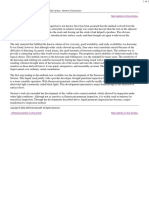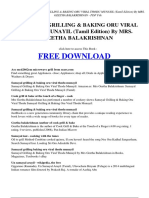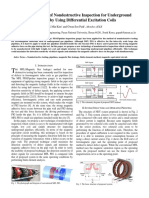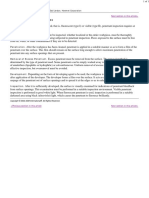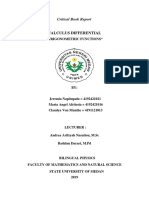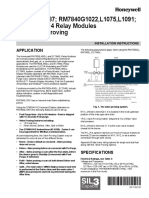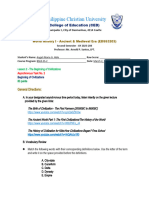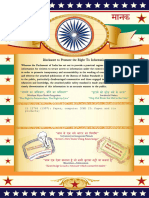1 of 1
Liquid Penetrant Inspection
Revised by J.S. Borucki, Ardrox Inc., and Gail Jordan, Howmet Corporation
<Previous section in this article Next section in this article>
Evolution of the Process
The exact origin of liquid penetrant inspection is not known, but it has been assumed that the method evolved from the
observation that the rust on a crack in a steel plate in outdoor storage was somewhat heavier than the rust on the adjacent
surfaces as a result of water seeping into the crack and forcing out the oxide it had helped to produce. The obvious
conclusion was that a liquid purposely introduced into surface cracks and then brought out again would reveal the
locations of those cracks.
The only material that fulfilled the known criteria of low viscosity, good wettability, and ready availability was kerosene.
It was found, however, that although wider cracks showed up easily, finer ones were sometimes missed because of the
difficulty of detecting, by purely visual means, the small amounts of kerosene exuding from them. The solution was to
provide a contrasting surface that would reveal smaller seepages. The properties and availability of whitewash made it the
logical choice. This method, known as the kerosene-and-whiting test, was the standard for many years. The sensitivity of
the kerosene-and-whiting test could be increased by hitting the object being tested with a hammer during testing. The
resulting vibration brought more of the kerosene out of the cracks and onto the whitewash. Although this test was not as
sensitive as those derived from it, it was quick, inexpensive, and reasonably accurate. Thus, it provided a vast
improvement over ordinary visual examination.
The first step leading to the methods now available was the development of the fluorescent penetrant process by R.C.
Switzer. This liquid, used jointly with a powder developer, brought penetrant inspection from a relatively crude procedure
to a more scientific operation. With fluorescent penetrant, minute flaws could be readily detected when exposed to
ultraviolet light (commonly called black light). This development represented a major breakthrough in the detection of
surface flaws.
Switzer's work also included the development of the visible-color contrast method, which allowed for inspection under
white light conditions. Although not as sensitive as fluorescent penetrant inspection, it is widely used in industry for
noncritical inspection. Through the developments described above, liquid penetrant inspection has become a major
nondestructive inspection method.
Copyright © 2002 ASM International®. All Rights Reserved.
<Previous section in this article Next section in this article>







